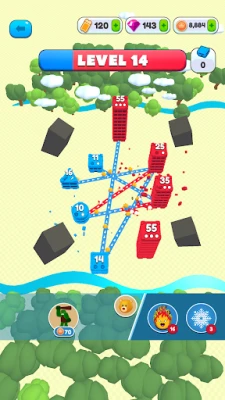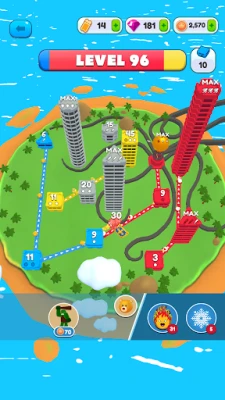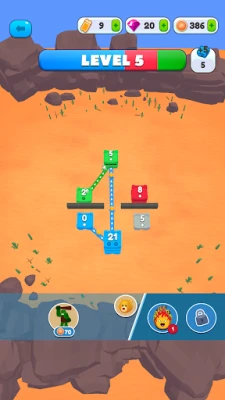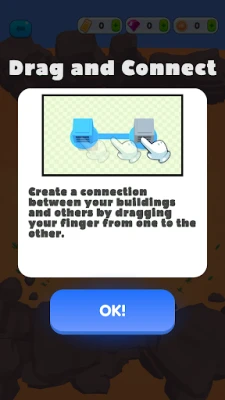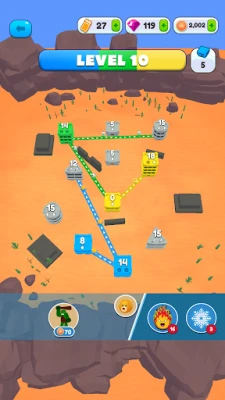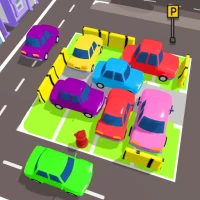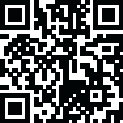
Latest Version
3.9.6
January 19, 2025
VOODOO
Games
Android
0
Free
com.KaueRosa.CityTakeover
Report a Problem
More About City Takeover
Mastering Building Connections: Simple Drag Controls for Seamless Integration
In the realm of architecture and urban planning, the ability to connect buildings efficiently is crucial. This article delves into the innovative concept of using simple drag controls to link structures, enhancing both functionality and aesthetics. By understanding how to implement these controls, architects and developers can create cohesive environments that promote interaction and accessibility.
Understanding Drag Controls in Architecture
Drag controls are intuitive tools that allow users to manipulate elements within a digital space effortlessly. In architectural design, these controls enable the seamless connection of buildings, facilitating a more integrated approach to urban development. By employing drag controls, designers can visualize and adjust the spatial relationships between structures in real-time, leading to more informed decision-making.
The Benefits of Connecting Buildings
Connecting buildings through effective design not only enhances the visual appeal of a space but also offers numerous practical advantages:
- Improved Accessibility: When buildings are connected, it becomes easier for individuals to navigate between them, fostering a sense of community.
- Enhanced Collaboration: Proximity encourages collaboration among businesses and organizations, leading to increased productivity and innovation.
- Efficient Use of Space: By connecting buildings, architects can maximize land use, creating multifunctional spaces that serve various purposes.
Implementing Simple Drag Controls
To effectively utilize drag controls in building design, follow these essential steps:
1. Choose the Right Software
Selecting the appropriate design software is crucial for implementing drag controls. Look for programs that offer user-friendly interfaces and robust features tailored for architectural design. Popular options include AutoCAD, SketchUp, and Revit, each providing unique tools for manipulating building layouts.
2. Create a Base Layout
Begin by establishing a base layout of your project. This initial design should include all intended buildings and their respective dimensions. Having a clear foundation allows for more effective manipulation when connecting structures.
3. Utilize Drag Controls
Once your base layout is complete, use the drag controls to connect buildings. Click and hold on the building you wish to move, then drag it to the desired location. This process allows for real-time adjustments, enabling you to visualize how the buildings interact with one another.
4. Fine-Tune Connections
After establishing initial connections, take the time to fine-tune the relationships between buildings. Adjust angles, distances, and alignments to ensure that the connections are not only functional but also aesthetically pleasing. Consider factors such as natural light, views, and pedestrian pathways during this process.
Case Studies: Successful Building Connections
Examining real-world examples can provide valuable insights into the effective use of drag controls for building connections:
1. The High Line, New York City
The High Line is a prime example of how connecting buildings can transform urban spaces. This elevated park, built on a former railway line, integrates various structures along its path, creating a vibrant public space that encourages community interaction.
2. The Louvre Abu Dhabi
Designed by Jean Nouvel, the Louvre Abu Dhabi showcases the power of architectural connections. The museum's design features interconnected buildings that create a harmonious flow, allowing visitors to explore the space effortlessly while enjoying stunning views of the surrounding landscape.
Challenges and Solutions in Building Connections
While connecting buildings offers numerous benefits, it also presents challenges that must be addressed:
1. Zoning Regulations
Local zoning laws can restrict how buildings are connected. It’s essential to consult with local authorities to ensure compliance with regulations. Engaging in community discussions can also help identify potential concerns and solutions.
2. Structural Integrity
Connecting buildings requires careful consideration of structural integrity. Collaborate with engineers to assess load-bearing capacities and ensure that connections do not compromise the safety of the structures involved.
Future Trends in Building Connections
As technology continues to evolve, the future of building connections looks promising. Emerging trends include:
- Smart Building Technology: Integrating IoT devices can enhance connectivity between buildings, allowing for better energy management and security.
- Sustainable Design: Future designs will likely prioritize sustainability, with connected buildings utilizing shared resources such as energy and water.
- Virtual Reality (VR): VR technology can provide immersive experiences for architects, allowing them to visualize and manipulate building connections before construction begins.
Conclusion
In conclusion, the use of simple drag controls to connect buildings represents a significant advancement in architectural design. By embracing this innovative approach, architects and urban planners can create cohesive, functional, and aesthetically pleasing environments. As technology continues to evolve, the potential for building connections will only expand, paving the way for smarter, more integrated urban spaces.
Rate the App
User Reviews
Popular Apps










Editor's Choice











